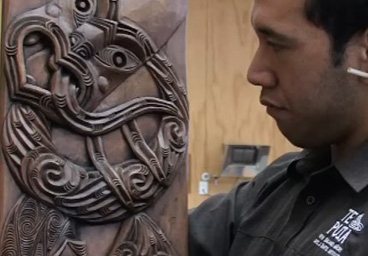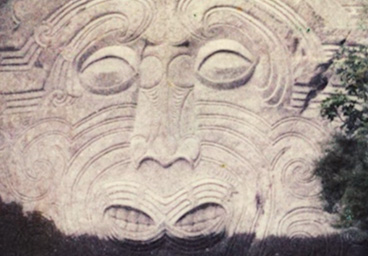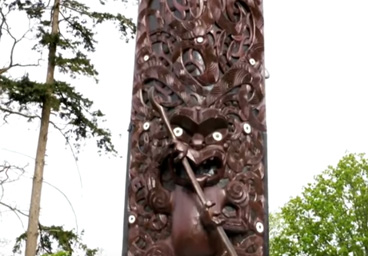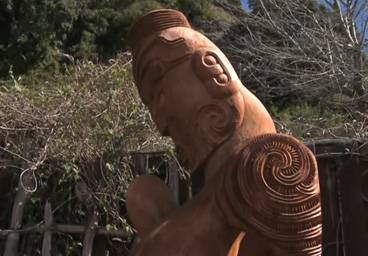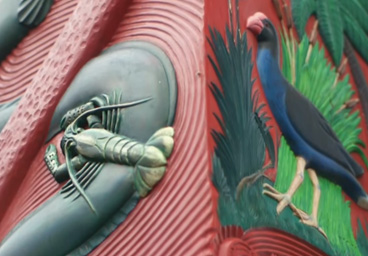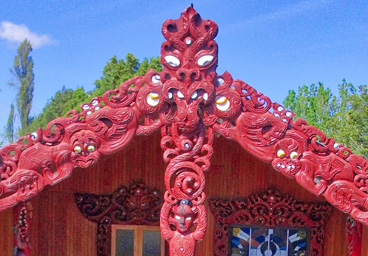ABOUT
Māori Graphic Art
Welcome to Māori Graphic Art. The decision to write this came about because of the increased demand for people wanting to know more about Māori design, particularly Māori graphics. With the growing popularity in Tā Moko and Māori tattoo designs and the emergence of Māori cultural iconography, Māori design is more popular than ever.
Twenty years ago the scene was very different from today. There were not as many Māori digital artists or graphic designers as there are now and certainly few who specialised within the field of Māori design. Compared to traditional Māori arts, Māori graphic design was at its infant stage.
Although it may be scorned upon by some traditionalists there are some who have seen the potential of what technology can do to an ancient artform to transform the medium.Today, it could be said to be the most widely used media out of all the Māori arts because of its many applications in print, television and multimedia as a result of the digital age.
Patterns of Nature?
The ancient Māori Artist has always been fascinated with abstract form. Through observing nature in her natural state they could observe that everything moved in a certain rhythmic and cyclic pattern. These patterns were interpreted as kowhaiwhai eventually into Māori scroll patterns, in whakairo - Māori carving and Tā Moko.
For many generations Māori artists have painted, shaped and carved patterns into a rich assortment of artworks of all shapes and sizes. With the introduction of European tools and technology, over time they would adopte a more convenient method of producing their work, the old traditional green stone carving tools would be replaced by the steel chisel and revolutionise Māori carving to what it is today.
With the coming of the digital and information age designers are utilising the latest in computer and design software to create spectacular imagery.
Can it be called art?
The debate whether Māori digital art or graphic design is art or not is maybe best left to the eye of the beholder. As a person who enjoys creating I view the mouse of a computer, like a paint brush simply as a tool to be used to create a visual piece of work. Whether it is a graphic or painting the importance is the creative and thinking process. The medium used to express this is up to each individual artist.

